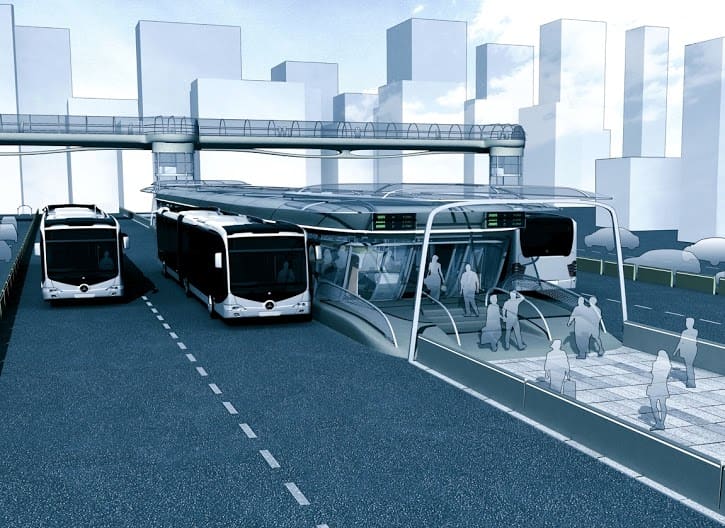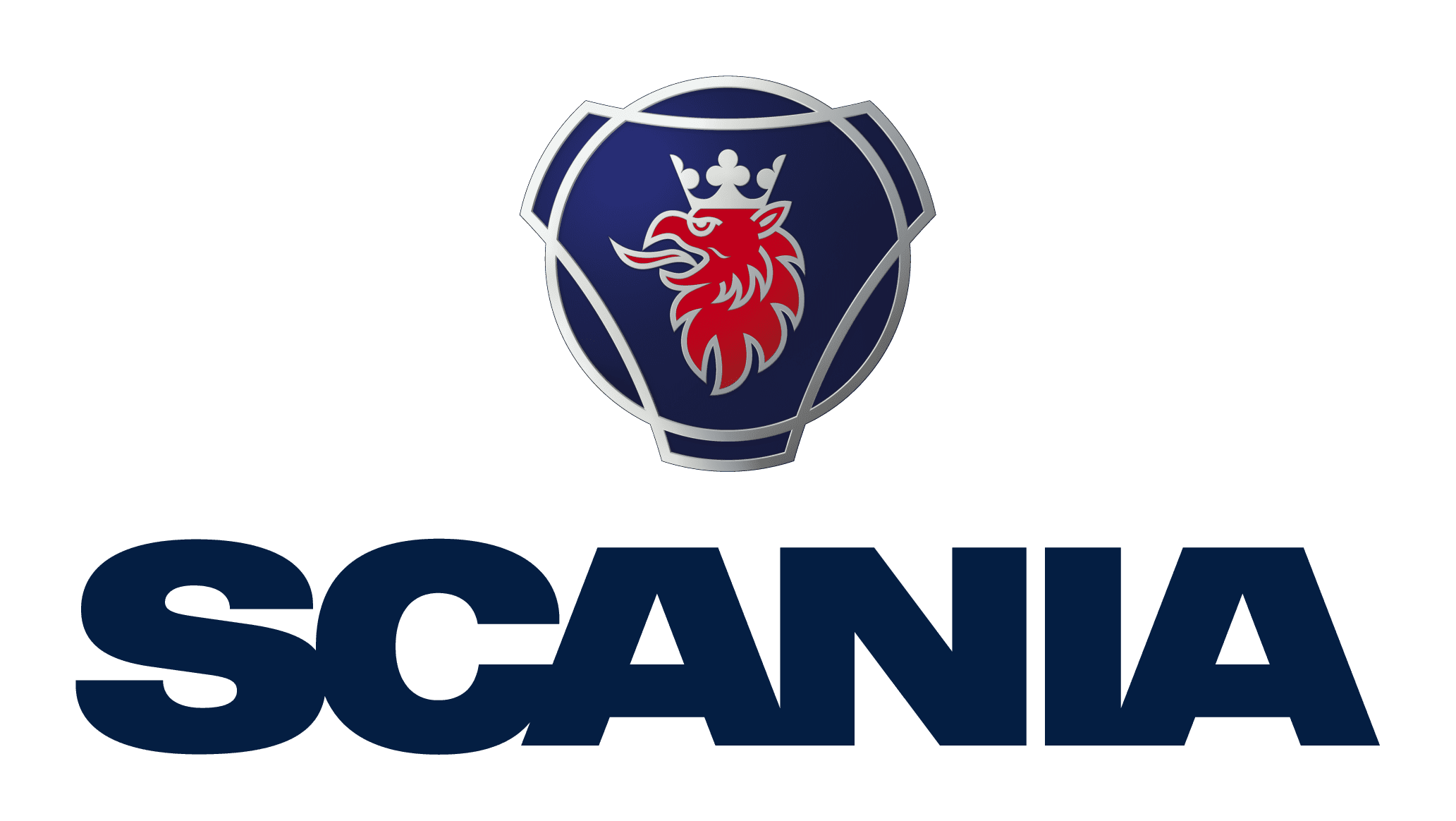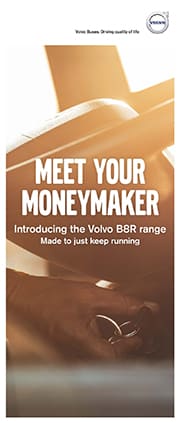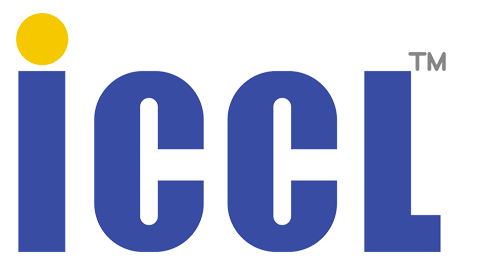Daimler Demonstrates Expertise with BRT

Reliable Mobility
“Daimler is a leading provider of mobility services. An especially good example of that is our extensive expertise with BRT,” explained Hartmut Schick, Head of Daimler Buses. “We provide big cities with ways to bring more and more people in urban areas to their destinations in a reliable, environmentally friendly and affordable way.”
Dr. Albert Kirchmann, President and CEO of Mitsubishi Fuso Truck and Bus Corporation added, “With regard to BRT, we are once again benefiting in Japan from the global footprint of Daimler Trucks and Buses. We are pooling the strengths of our Mercedes-Benz and FUSO brands in order to make transportation sustainable.”
Extensive Experience with BRT
Daimler Buses installed a BRT system in Adelaide, Australia, as early as the 1980s. It has since then gathered extensive experience and gained a vast amount of know-how. Today more than 30 cities all over the world rely on the expertise of Daimler’s BRT specialists — cities as diverse as Rio de Janeiro, Istanbul, and Strasbourg.
The team of BRT experts at Daimler Buses not only supports the development of fleet concepts worldwide, but also helps cities and operators plan and introduce overall systems that are tailored to their needs. On the basis of comprehensive traffic analyses, experts at Daimler Buses draw up concepts for optimising public transportation that ensure optimal access, capacity utilization, and cost efficiency. These concepts include solutions such as individual routes, bus intervals, and separate bus lanes. The company’s experienced traffic planners develop bus stop and ticketing concepts that ensure an optimal flow of vehicles and passengers.
Proving its Worth
Around 180 BRT systems are in operation worldwide. The fleets encompass a total of 40,000 buses that daily transport 30 million passengers. Besides being used for normal operations, the concept has proved its worth in connection with major events. For example, nine of the 12 Brazilian cities that hosted the World Cup used this kind of public transport.
Municipalities are impressed by the fact that BRT systems generate lower construction and maintenance costs than other means of transportation with a comparable passenger capacity. Express bus lanes can be set up more quickly than tram or subway lines. The barrier-free stops that are typical of BRT systems make it easier for people whose mobility is impaired to enter the buses. The advance ticket sale feature reduces waiting times, making the system even more appealing.
“BRT has been a success story on all continents. We are sure that the concept will also effectively complement the mass transit infrastructure in Japan,” said Gustav Tuschen, Head of Development at Daimler Buses.



























